Moon mining gains momentum as private companies plan for a lunar economy
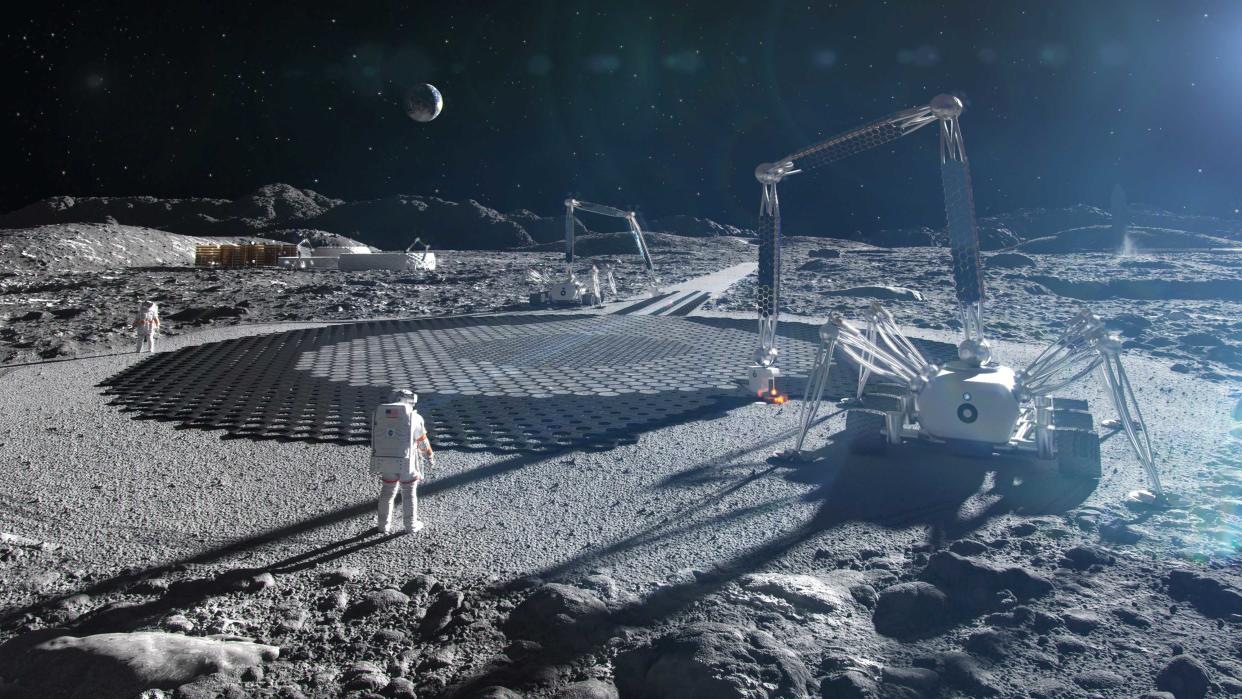
GOLDEN, Colorado – The pace is quickening for using Earth's moon as a near-term, go-to location to land on, live and explore.
As NASA's Artemis Program moves forward, so too do long-term plans by small and large firms, academia, along with international space agencies.
That was in evidence at the twenty-third meeting of the Space Resources Roundtable, held here last month at the Colorado School of Mines. A record attendance of some 250 participants spoke on lunar economic models, results of in-the-lab tests, and legal and policy issues. A number of entrepreneurial groups shared their strategies to turn the moon into a hustle and bustle world of marketable services.
The key glue that anchors future moon use is labeled in-situ resource utilization, or ISRU. ISRU involves the extraction of oxygen, water and other available materials for cranking out rocket fuel and to "gas up" life-support systems. Then there's pulling out metals on the moon, say to fabricate lunar housing, landing pads, along with other structures and products.
Related: NASA's Artemis program: Everything you need to know
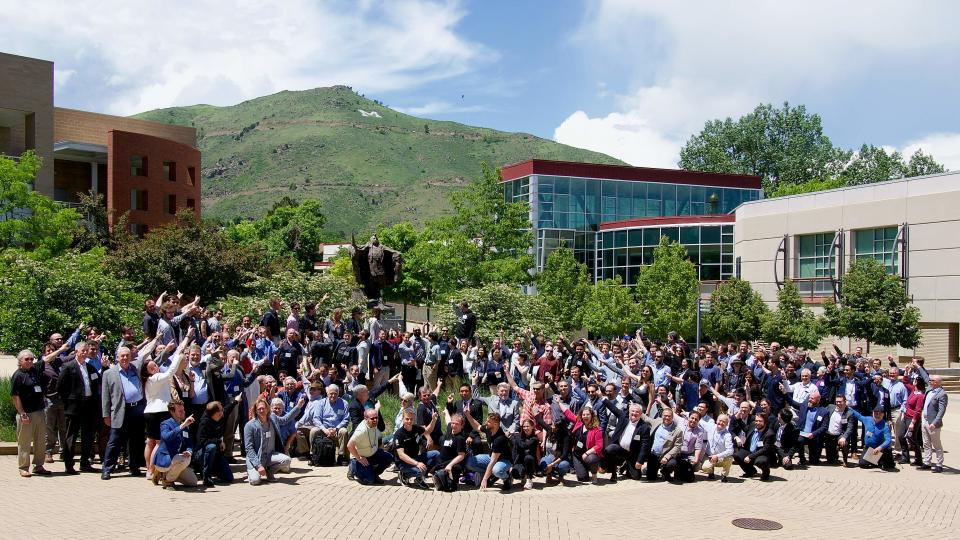
Off-world machinery
"For years it has all seemed like pie in the sky … do this, or do that. This is now becoming so real," said Angel Abbud-Madrid, director of the Center for Space Resources at the Colorado School of Mines.
"There is also the international pressure to do this," Abbud-Madrid told Space.com, "and that's going to keep the program pushing forward. It's the competition, that's the reality."
Abbud-Madrid added that the private sector is also a major force today. He underscored NASA's work with U.S. groups through the Commercial Lunar Payload Services (CLPS) program. That enterprise is to deliver science and technology onto the lunar landscape.
Hopefully, these CLPS missions will tells us something about dealing with the moon, said Abbud-Madrid. First and foremost, he added, is coping with the lunar regolith, the dusty topside of rock and rubble.
Down here on Earth, uses of simulants that imitate lunar regolith have their limitations for comprehensive testing of off-world machinery. On the moon there are electrostatic charges, radiation, lots of dust, and a scant vacuum. And don't forget to toss in one-sixth gravity for good measure.
"Let's go and interact with it. I think that's going to be key for anything you want to do, be it for extraction, construction, collection, you name it," Abbud-Madrid said.
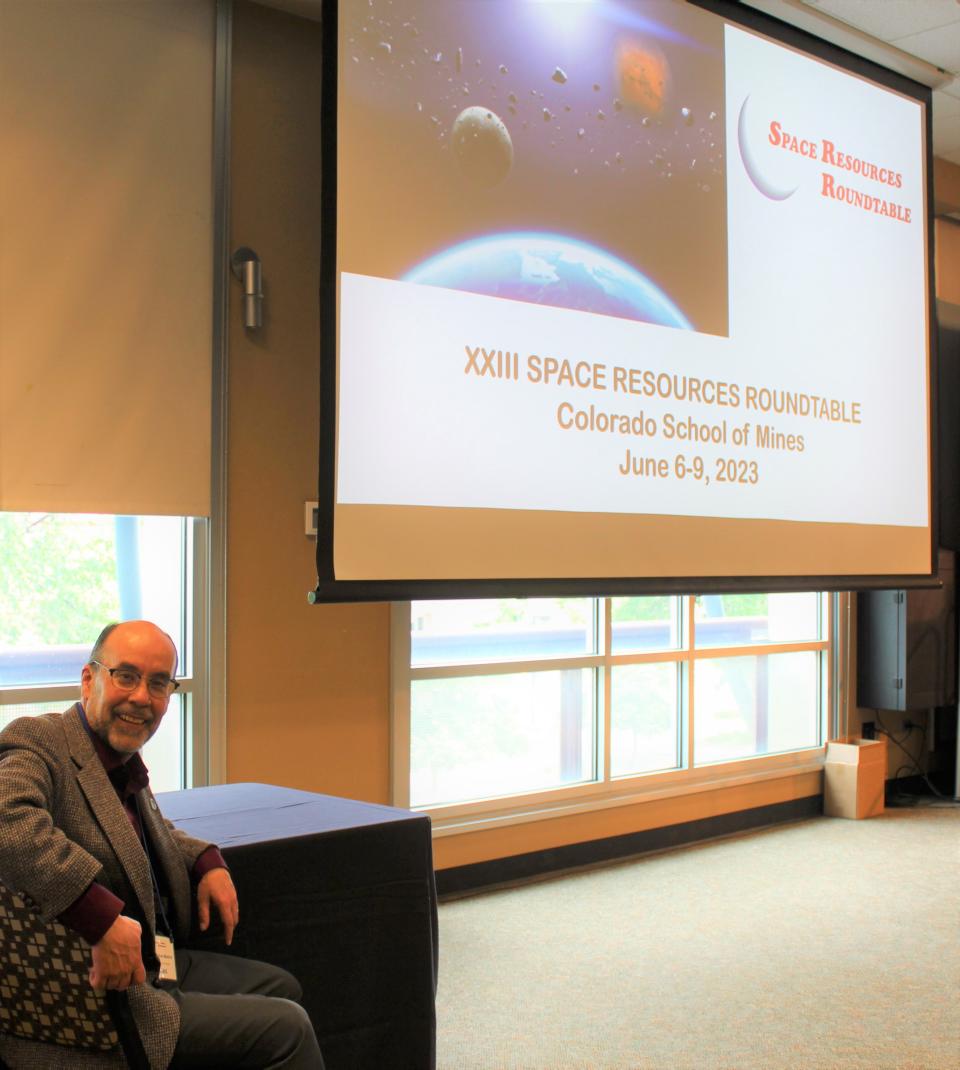
Future priorities
For its part, NASA has been blueprinting a long-term vision for ISRU. The space agency has been hammering out goals, objectives, and flagging knowledge gaps in lunar science and the technologies required for making ISRU a dependable reality.
Furthermore, NASA is sorting out its job while also scoping out how best to engage industry and draw upon non-aerospace industry talent.
At the June 6-9 gathering here an ISRU "Envisioned Future Priorities" was detailed by Gerald Sanders, lead for NASA's In-Space Resource Utilization, Capability Leadership Team at Johnson Space Center in Houston, Texas.
"ISRU starts with the easiest resources to mine, requiring the minimum infrastructure, and providing immediate local usage," Sanders said. The initial focus is on the lunar south pole region, he said, but ISRU "will evolve to other locations, more specific minerals, more refined products, and delivery to other destinations."
Sanders noted that efforts are underway to support ISRU approaches, not just backing their development on Earth, but also trial-running them on the moon itself via pilot projects. That way, he said, techniques and technology can be mastered before mission critical hardware is flown to and installed on the lunar surface.
Lunar services
That's all welcomed news for Ben Bussey, chief scientist at Intuitive Machines, a lunar services company set on providing access to the moon and its orbit for both science and exploration.
Intuitive Machines (IM) is a major player within NASA’s CLPS initiative to plop down payloads on the moon’s terrain by way of the group’s Nova-C lander. The craft’s maiden voyage to the lunar south pole is targeted for liftoff by year’s end.
IM has also developed a hopper mobility platform, called Micro Nova. This propulsive drone can conduct regional exploration after it is delivered to the lunar surface. Micro Nova is designed to visit locales not accessible to a rover, such as lunar pits, to quickly access floors of large impact craters, as well as lunge into permanently shadowed regions of the moon.
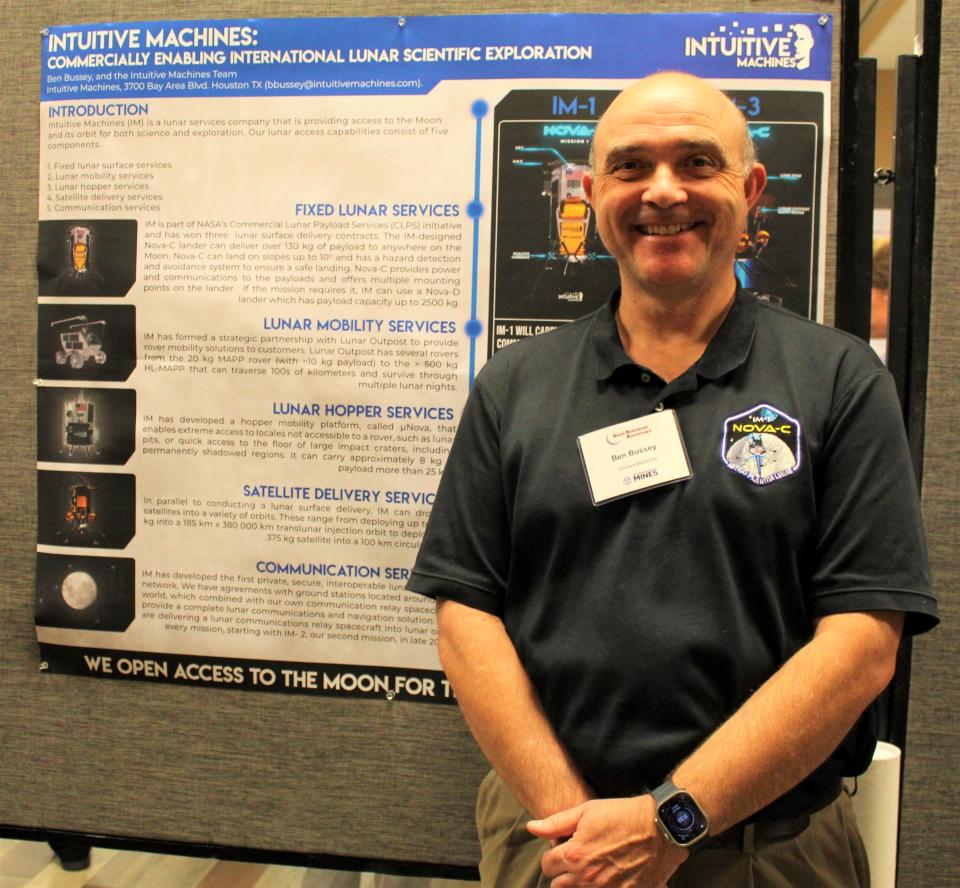
Water ice: ripe for ISRU?
Bussey is a leading expert on prospective water ice within permanently shadowed lunar craters, such as those at the moon's south pole – targeted for visits by early crews of NASA's Artemis program.
As for how much ice is ripe for ISRU, Bussey said he's not sure we know today if that resource is a reserve.
"Reserve means that not only is that resource there, but you are able to extract it economically," said Bussey. There is a cost of prospecting for that ice, extracting and refining it, and then to actually make money after taking those steps, he said.
More MOXIE!
As prelude to putting all the chips down on the idea of turning on the taps to lunar water ice, Bussey favors an experiment akin to the Mars Oxygen In-Situ Resource Utilization Experiment.
That technology demonstration is better known as MOXIE. It is now being wheeled around within the underbelly of NASA's Perseverance rover now perusing Jezero Crater on Mars. MOXIE has repeatedly shown-off its ability to suck in the carbon dioxide-rich Martian atmosphere and puff out oxygen.
"I would love someone to extract a litter of water from the lunar regolith. Show that you can do it. How hard is that to do? Then we can start to talk about it as a reserve," Bussey said. "You can’t factor in using ISRU in a critical path until it has been demonstrated."
McMurdo on the moon
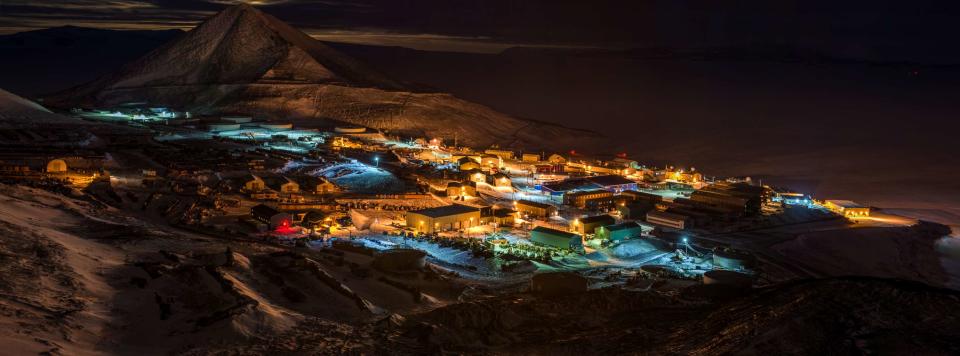
Pulling out oxygen from lunar regolith is on the ISRU to-do list, Bussey added. Also, the moon's polar regions are rich in well-illuminated areas; sunlight is available for large fractions of the lunar day, roughly 28 days long. That makes it more-friendly than most places on the moon that have 14 days of sunlight and 14 days of darkness, he said.
Related Stories:
— Antarctica and the Big Bang: Science at the World's Bottom
— Mining the moon to help save life on Earth (op-ed)
— Mining the Moon, the Gateway to Mars
"The moon is still the right place to go," Bussey told Space.com. "Pick a place and you build up infrastructure, because that's how you get your foothold."
Bussey said he's fortunate to have been to Antarctica twice. Both times he went through McMurdo Station run by the United States Antarctic Program, a branch of the National Science Foundation.
"And because of that infrastructure I could go into the Antarctic plateau and do science and exploration," said Bussey. "We need to set up a McMurdo on the moon … and the moon itself is McMurdo into the solar system."

